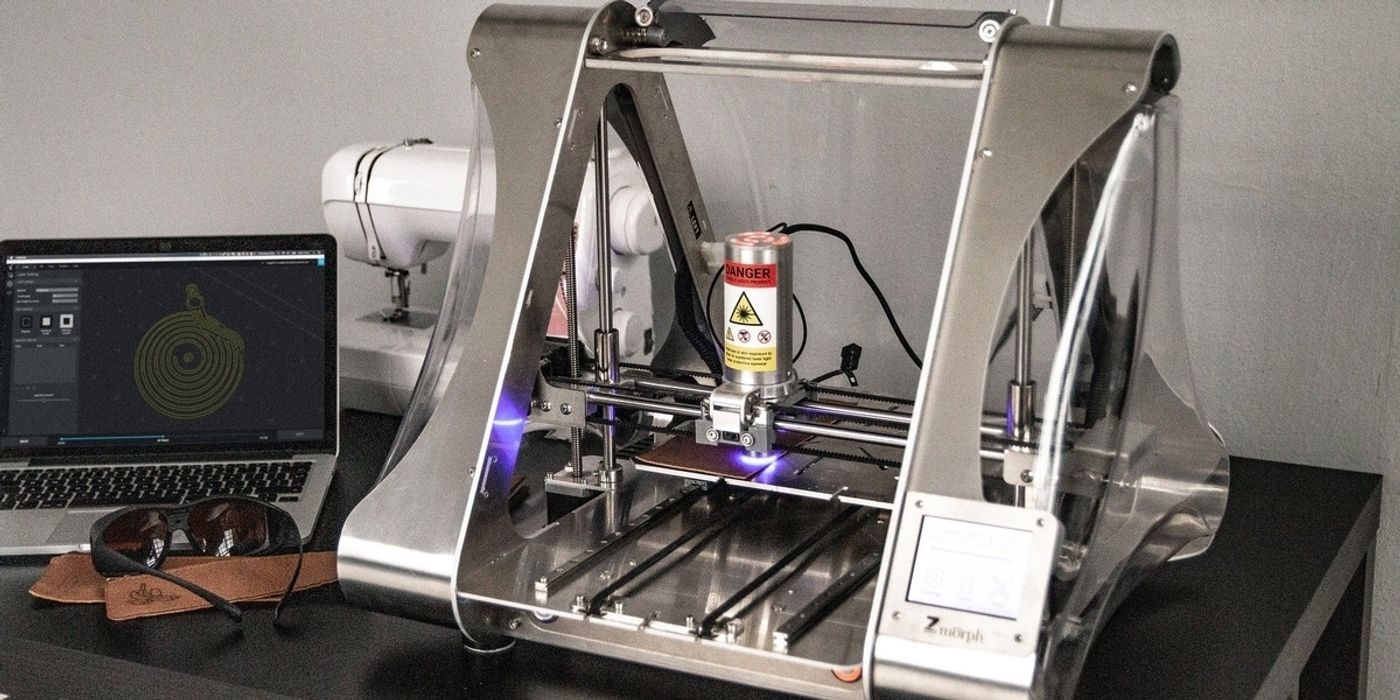3-D Printing a Future with Affordable and Sustainable Nuclear Energy
Admittedly, conventional nuclear plants are costly to build, proliferation-risky, and hazard-prone. To bring atomic energy into the 21st century, the industry has dedicated a lot of effort in refurbishing existing reactors to improve safety and efficiency, as well as developing safe, secure, and sustainable new technologies to produce low-carbon power.
Early May, scientists at the Oak Ridge National Laboratory (ORNL) demonstrated a newly designed reactor core. Unlike anything built before, which usually involves intensive fabrications in advanced machine shops, the core's structurally complex parts were constructed using a 3D printer under $1000.
This innovation is a result of ORNL's Transformational Challenge Reactor (TCR) Demonstration Program, an institute-wide endeavor that leverages scientific advances from various fields such as material engineering, nuclear science, high-performance computing and data analytics.
In the TCR program, researchers used direct energy deposition (DED), a type of additive 3D printing technology that melts and fuses material, to fabricate parts for the reactor core. To ensure the quality of the printed material, they employed infrared imaging to monitor the printing process and artificial intellegence to check the finished parts.
Transformational Challenge Reactor's Reactor Core Part 3D Printing (ORNL)
The 3D printing approach is among many ongoing attempts to bring down the cost of construction. For example, this March Energy Impact Center (EIC), a research-based non-profit, released its open-sourced blueprint for building a nuclear plant. The free-for-all masterplan can help accelerate the adoption of sustainable nuclear energy, thanks to its inexpensive and standardized platform that does not compromise in quality and safety.
Unlike many costly plants that took over a decade in construction, scientists at ORNL are hoping to bring the first-of-its-kind reactor online before 2023, by continuing their pursuit of the TCR program.
The progress that they have made so far leave few in doubt. The program has completed several proof-of-concept experiments, which include finishing the prototype reactor core built by their additive manufacturing technology. ORNL researchers believe that by bringing together the laboratory's 77 years-worth knowledges and their industry-leading expertise, the Department of Energy (DOE)-affiliated institute can chart a new course in the nuclear energy.









